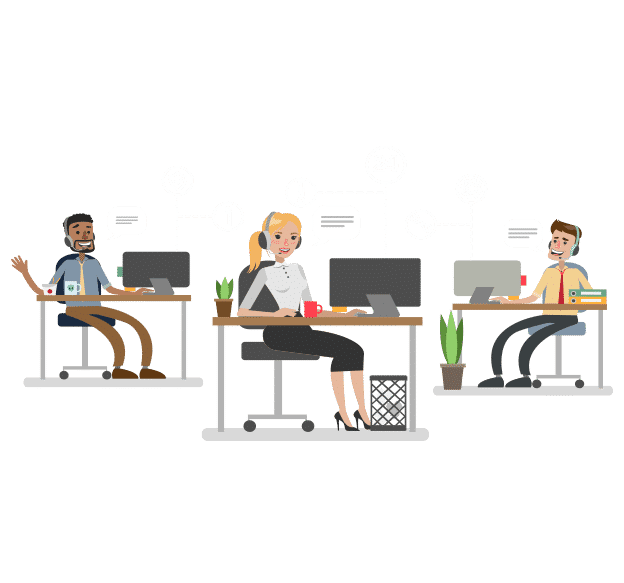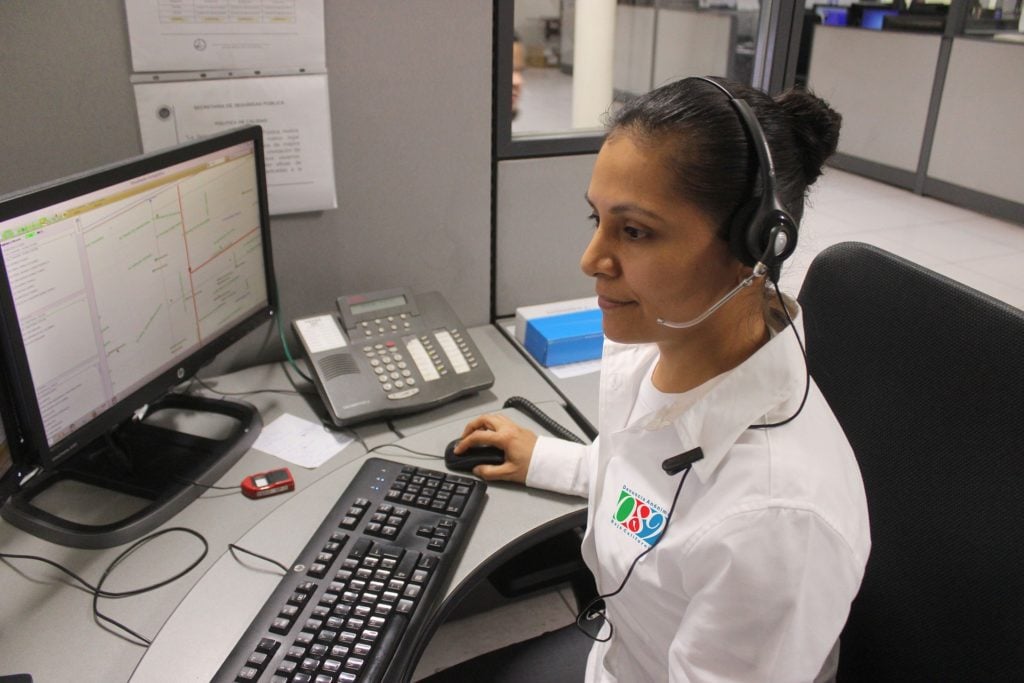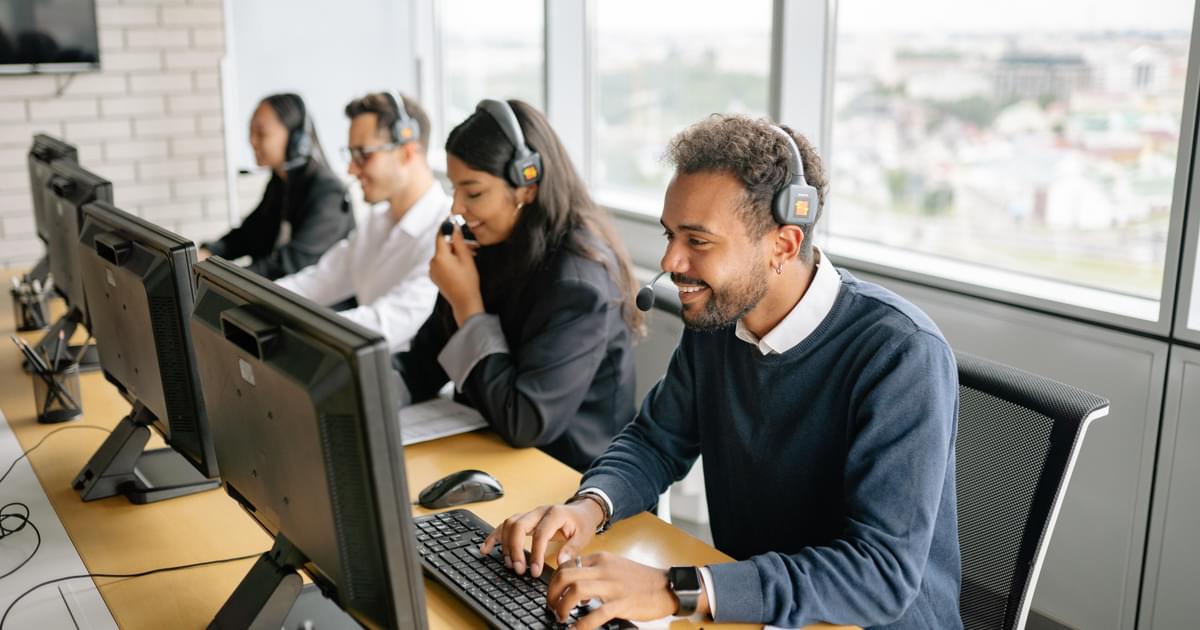All Categories
Featured
Table of Contents
- – What's The Best The Ultimate Guide To Telephone...
- – What's The Best Call Service: 24/7 Live Phone ...
- – What Is The Best What Is An Answering Service?...
- – When Best Time To Buy 10 Sectors That Can Ben...
- – What Was The Most Popular Automated Business ...
- – Who Makes The Best Top Answering Service In ...
What's The Best The Ultimate Guide To Telephone Answering Services
This gadget and its successors were created by Sava Jacobson, an electrical engineer with a personal consulting business. While early answering makers used magnetic tape technology, the majority of modern equipment uses strong state memory storage; some gadgets use a mix of both, with a solid-state circuit for the outgoing message and a cassette for the inbound messages.
"toll conserving" listed below) (business call answering service). This is useful if the owner is evaluating calls and does not wish to consult with all callers. In any case after going, the calling celebration ought to be informed about the call having been answered (for the most part this starts the charging), either by some remark of the operator, or by some greeting message of the little, or resolved to non-human callers (e.
This holds particularly for the Little bits with digitally stored welcoming messages or for earlier makers (before the increase of microcassettes) with an unique limitless loop tape, separate from a second cassette, devoted to recording. There have actually been answer-only gadgets without any recording abilities, where the welcoming message had to notify callers of a state of present unattainability, or e (reception services).
What's The Best Call Service: 24/7 Live Phone Answering Services For Small ... On The Market

about schedule hours. In tape-recording TADs the greeting generally consists of an invite to leave a message "after the beep". An answering device that uses a microcassette to tape messages On a dual-cassette answerphone, there is an outgoing cassette, which after the specified variety of rings plays a pre-recorded message to the caller.

Single-cassette answering machines contain the outbound message at the beginning of the tape and inbound messages on the remaining area. They first play the announcement, then fast-forward to the next offered space for recording, then tape-record the caller's message. If there are numerous previous messages, fast-forwarding through them can cause a significant hold-up.
This beep is typically referred to in the greeting message, asking for that the caller leave a message "after the beep". TADs with digital storage for the recorded messages do disappoint this hold-up, obviously. A TAD may provide a remote control facility, whereby the answerphone owner can ring the home number and, by getting in a code on the remote telephone's keypad, can listen to taped messages, or erase them, even when away from home.
What Is The Best What Is An Answering Service? - Ruby Blog Today

Thus the maker increases the variety of rings after which it answers the call (typically by 2, resulting in four rings), if no unread messages are currently saved, but answers after the set number of rings (generally two) if there are unread messages. This permits the owner to find out whether there are messages waiting; if there are none, the owner can hang up the phone on the, e.
Some makers also enable themselves to be from another location triggered, if they have been changed off, by calling and letting the phone ring a specific a great deal of times (generally 10-15). Some provider abandon calls currently after a smaller variety of rings, making remote activation difficult. In the early days of TADs a special transmitter for DTMF tones (dual-tone multi-frequency signalling) was regionally required for remote control, because the previously used pulse dialling is not apt to communicate appropriate signalling along an active connection, and the dual-tone multi-frequency signalling was carried out stepwise.
Any incoming call is not identifiable with regard to these residential or commercial properties in advance of going "off hook" by the terminal devices. So after going off hook the calls must be switched to proper devices and just the voice-type is instantly accessible to a human, however perhaps, nonetheless must be routed to a TAD (e.
When Best Time To Buy 10 Sectors That Can Benefits From A Phone Answering Service
What if I informed you that you do not have to in fact select up your device when responding to a client call? Another person will. So practical, best? Answering phone calls doesn't need somebody to be on the other end of the line. Efficient automated phone systems can do the technique just as effectively as a live representative and often even much better.
An automated answering service or interactive voice action system is a phone system that interacts with callers without a live person on the line - professional phone answering service. When companies utilize this innovation, consumers can get the answer to a question about your organization simply by using interactions established on a pre-programmed call circulation.
Although live operators update the customer service experience, lots of calls do not need human interaction. An easy documented message or instructions on how a consumer can retrieve a piece of information generally fixes a caller's immediate need - answering service. Automated answering services are a basic and effective way to direct inbound calls to the right person.
What Was The Most Popular Automated Business Phone Answering System?
Notice that when you call a business, either for assistance or product query, the very first thing you will hear is a pre-recorded voice greeting and a series of choices like press 1 for client service, press 2 for inquiries, and so on. The pre-recorded alternatives branch out to other options depending upon the client's choice.
The phone tree system helps direct callers to the right individual or department using the keypad on a mobile phone. In some instances, callers can utilize their voices. It deserves keeping in mind that auto-attendant options aren't limited to the 10 numbers on a phone's keypad. Once the caller has actually chosen their very first alternative, you can create a multi-level auto-attendant that utilizes sub-menus to direct the caller to the ideal type of support.
The caller does not need to communicate with a person if the auto-attendant phone system can handle their concern. The automated service can route callers to a staff member if they reach a "dead end" and need assistance from a live agent. It is pricey to hire an operator or executive assistant.
Who Makes The Best Top Answering Service In Australia - 2023 Reviews
Automated answering services, on the other hand, are significantly cheaper and provide significant cost savings at an average of $200-$420/month. Even if you do not have committed personnel to manage call routing and management, an automated answering service enhances productivity by permitting your team to focus on their strengths so they can more effectively invest their time on the phone.
A sales lead routed to customer support is a lost shot. If a customer who has product concerns reaches the wrong department or receives incomplete responses from well-meaning staff members who are less trained to deal with a specific kind of question, it can be a cause of frustration and dissatisfaction. An automatic answering system can reduce the number of misrouted calls, consequently assisting your employees make much better use of their phone time while maximizing time in their calendar for other jobs.
With Automated Answering Systems, you can develop a customized experience for both your personnel and your callers. Make a recording of your main greeting, and just upgrade it routinely to reflect what is going on in your organization. You can develop as many departments or menu options as you want.
Table of Contents
- – What's The Best The Ultimate Guide To Telephone...
- – What's The Best Call Service: 24/7 Live Phone ...
- – What Is The Best What Is An Answering Service?...
- – When Best Time To Buy 10 Sectors That Can Ben...
- – What Was The Most Popular Automated Business ...
- – Who Makes The Best Top Answering Service In ...
Latest Posts
Fast Small Business Answering Service
Tailored Business Phone Answering Services – QLD
Thorough Call Management Service Near Me ( ACT 2606)
More
Latest Posts
Fast Small Business Answering Service
Tailored Business Phone Answering Services – QLD
Thorough Call Management Service Near Me ( ACT 2606)